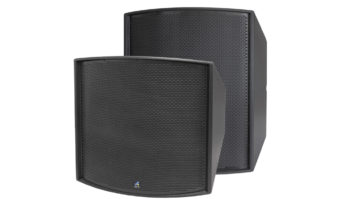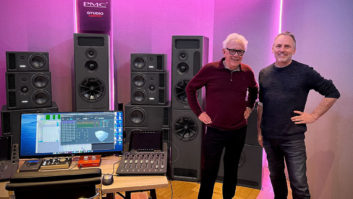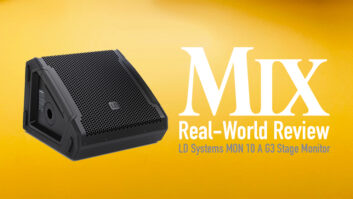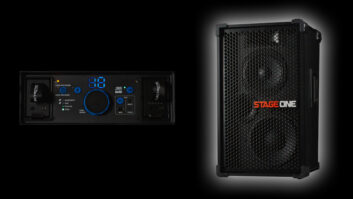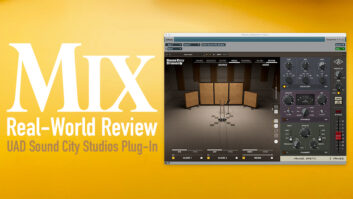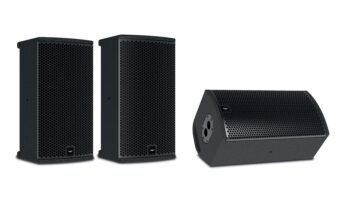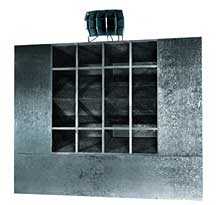
Shearer Horn, with plywood extension wings
In the late 1920s, cinema audio playback was dismal. Western Electric had a single driver on a large re-entrant horn. It didn’t sound very good, even after the company added a separate HF unit and extra 18-inch woofers. RCA’s competing system was no better.
Dissatisfied with these bulky, 5kHz bandwidth systems, MGM’s sound department head, Douglas Shearer, set out to create something better. Shearer asked John Hilliard to head the team, with Robert Stephens and Harry Kimball. Consultant John Blackburn suggested using James B. Lansing’s new high-performance components. Essentially, Shearer created a dream team with some of the best minds in audio. Other ideas came from William Snow, who worked with Harvey Fletcher at Bell Labs, and RCA’s John Volkmann and Harry Olson.
Known as the Shearer Horn, the two-way system had a large multicell horn coupled to Lansing’s new 284 compression drivers. One or more “W” bin folded horns loaded with two 15-inch Lansing woofers handled LF. On its debut, the Shearer Horn was a near-instant success, offering high-SPL/high-fidelity performance from a package that could be easily shipped and installed. Thousands of Shearer-style systems (from a variety of suppliers) were in theaters everywhere, and the system received a Technical Academy Award in 1936.
The Shearer Horn began the age of modern sound systems. Equally significant was its role in launching an entire industry of pro audio with an awareness for fidelity. The system’s lifespan was cut short by Altec A-4 Voice of the Theatre models in the mid-1940s (designed by Hilliard and Lansing), but innovations such as the “W” bin design stayed in use for another half-century.

